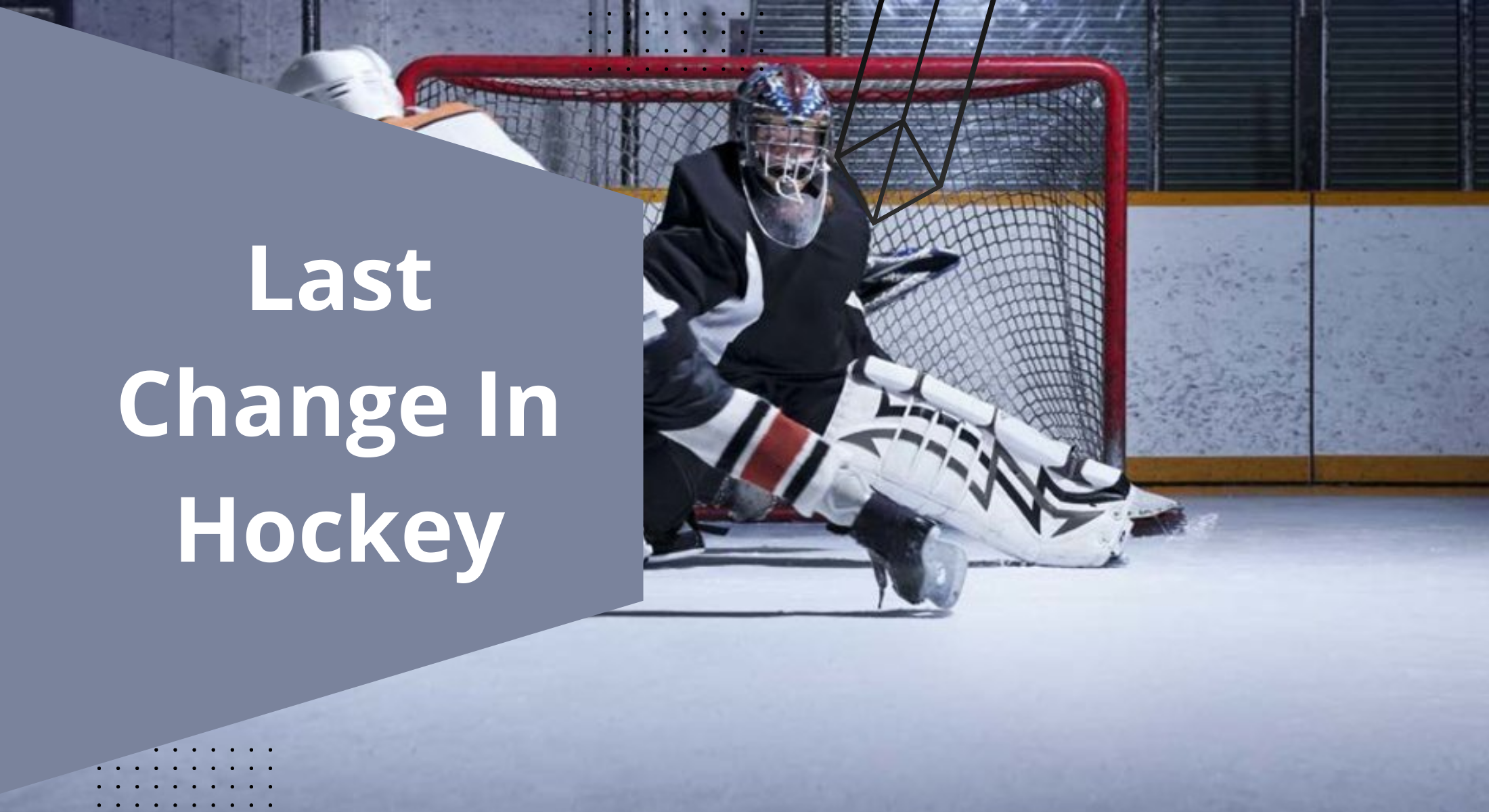In hockey, switching all-around shifts is an important component of the overall scheme to achieve victory. When watching hockey, you will observe that one squad will always make a change before the next in a predefined sequence.
What is the last change in hockey? It is an opportunity for the home team to send a player on the rink after the opposing team has done so during a break in the game. In this way, the home side’s trainer can prepare properly by selecting some players to compete against the opposing team. They can either produce offense or maintain a defensive position.
If you are interested in going into the details of the last change and how it works, don’t stop here and keep reading it.
Hockey Last Change
If you are a hockey fan, you might have seen this particular situation while watching a lot of hockey games. One squad replaces the other squads by clearly changing the sequence. But the last change occurs in the match for the final modifications.
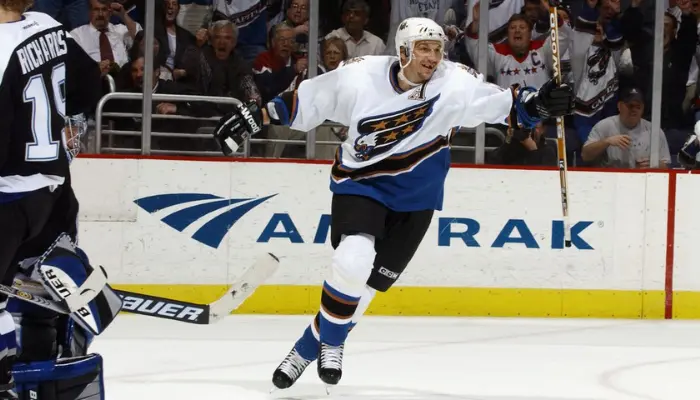
The last change is a benefit that is given to the home team. It enables them to put their players on and make complete adjustments after the opposition player sends its players.
Due to this rule, the trainers of the home side are free to formulate a strategy and put their players into the offensive or defensive zones to face off against one another.
Related Post: How Many Hockey Players In a Team?
How does the Last Change Work?
NHL clubs will switch out players on the rink for those sitting on the bench at two points during the match. These two points are given below:
- After a break in play
- While the play is still going on
Following a play stoppage, the visiting squad will perform the first player replacement. The NHL’s rules state as follows:
The umpire will move to the center of the rink after the game is halted. He will lift his arm, and address the opposing team. The visiting team will have the chance to replace the players on the rink with the players on the bench after receiving this indication.
The squad will have five seconds to adjust according to the umpire. You will notice that this procedure does not follow a robotic structure when you watch hockey.
The umpire will drop his arm and go closer to the home team once he notices the visiting team has switched. This will allow them to make a shift of players. The home team has the same five seconds as the visiting team to replace players.
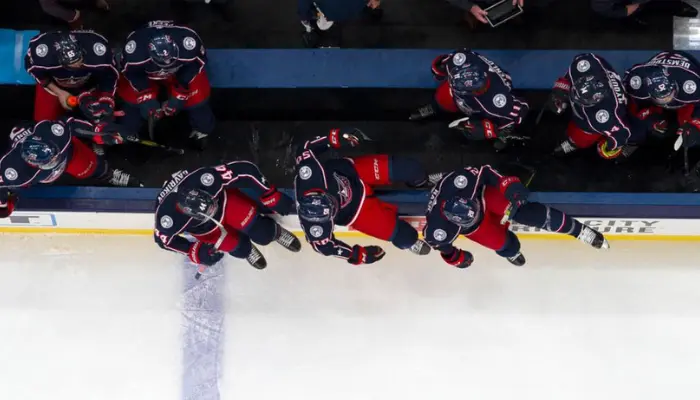
This shift is referred to as the last change because the home team is the second squad to make a player substitution. Thus, further substitutions are not permitted.
The umpire will refuse to allow players to switch and ask players who have not switched to remain on the rink. He will refuse if either club is late in switching its players.
The only exception occurs when the penalty is issued before the power play. After the player adjustments have been made, no alterations are permitted until the power play and the puck is in possession.
Why is the Last Change Important?
The final adjustment helps the home squad’s home-ice benefit. It is because it enables the trainer to compare his player’s lineups with those of the opposing teams.
The hockey coach will try to ensure that he lines up some rows and defensive groupings against particular lines and players from the other squad. He will do this just like the captain of a baseball team will seek to put in a particular pitcher against a specific hitter.
The home trainer will utilize his last substitution to pair up his best defensive forward pair. Also, he will utilize his best defenseman on the rink if the other club sends out their highest-scoring pair.
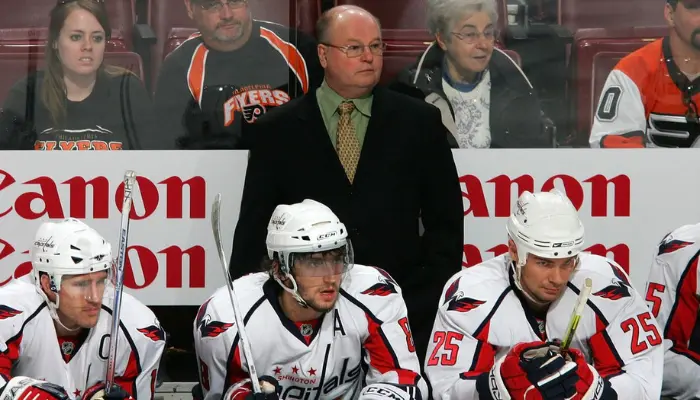
When the power play at the beginning of the game occurs in the defensive area in this scenario, it is more essential.
The trainer will try to ensure his top defensive player or finest power play player wins the faceoff and acquires control of the puck. They will present on the rink to prevent any possible scoring opportunities when the other squad’s greatest attacking players are beginning in your defensive zone.
There are typical “shutdown forwards” and “shutdown defenders” on each side. When playing against the best-attacking players from the opposition’s squad, the trainer commonly turns to these individuals. They are consistently seeking to accurately match these individuals on the fly or using the most recent change.
Related Post: How do hockey players know when to change?
Using the Last Change to Protect Players
The trainer would make the final substitution to defend ‘weaker’ or novice players. Not all players have the same ability and skill level, and other squads will be aware of these individuals. The trainer will strive to place these individuals so that they won’t be identified to prevent them from any harm.
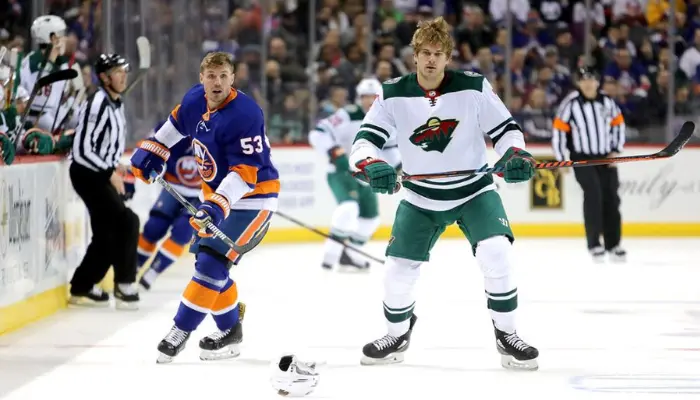
For example, if a novice defenseman is added to the team, the trainer will need to ensure that Sidney Crosby, Alex Ovechkin, or Connor McDavid are not on the ice at the same instant.
It is because these amazing and super players are so skilled and are aware of their opponents on the rink. They can enjoy the benefits of any weaknesses in their opponents and win the game. So, this is the most critical part for the trainer or umpire to protect the team and manage them accurately.
How Much Does the Last Change Matter to Who Wins or Loses?
In the NHL, the home team succeeds about 55% of the time. Thus, playing games at home has a minor benefit but not a major one.
How much of this is related to the most recent change? From a statistical point of view, this gameplay element is impossible to measure. Thus, based on experience and observation of how the plays evolve, it is difficult to claim that it has no impact.
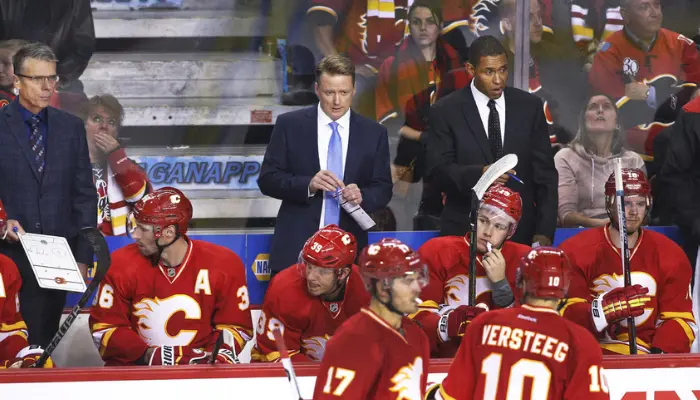
When a great offensive player on the squad is closed down and given little to no chance to score, the impact is most visible. The majority of the time, attacking players are scoreless on the road than they are at home.
One of the causes of this is that they must compete on the travel against the most effective defensive players from the opposing side.
It is crucial to match up your defensive players with the finest offensive players on the opposing squad. This will impact the match and performance of the players.
Frequently Asked Questions
How does the last change give protection to the players?
How does the last change affect the win or loss?
Conclusion: What is the Last Change in Hockey?
The last change in hockey is the major advantage for the home team as it allows the teams to change the players to make the final decision when the other team will be deploying its players. In this way, the home team also gets the opportunity to play and help to win the game. They also try to attack the opposing team.

